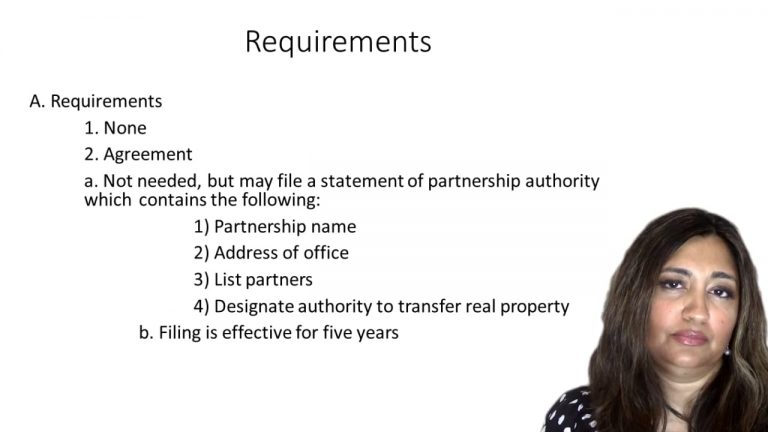SmartBrief
Confirm favorite deletion?
Corporations Keyed to Hazen
Protocomm Corp. v. Novell, Inc.
Citation:
171 F.Supp.2d 459 (E.D.Pa.2001)Facts
In January 1993, Novell began investigating the possibility of investing in Fluent. The ProtoComm I suit was filed on January 29, 1993. Upon discovering the lawsuit, Novell told Fluent that the investment activities would cease until the suit was settled. On March 19, 1993, David Bradford, Novell’s senior vice president, sent a draft letter of intent to Cornelius Ferris, Fluent’s President; the letter contemplated that the acquisition would take the form of an asset purchase. Where the April 28, 1993 letter had included the language that Novell would acquire all of the business, assets, and obligations of Fluent, the actual agreement, dated June 4, 1993, excluded such language. On July 7, 1993, the acquisition occurred. The litigation had not ended at the time of the closing.
Only StudyBuddy Pro offers the complete Case Brief Anatomy*
Access the most important case brief elements for optimal case understanding.
*Case Brief Anatomy includes: Brief Prologue, Complete Case Brief, Brief Epilogue
- The Brief Prologue provides necessary case brief introductory information and includes:
Topic:
Identifies the topic of law and where this case fits within your course outline.Parties:
Identifies the cast of characters involved in the case.Procedural Posture & History:
Shares the case history with how lower courts have ruled on the matter.Case Key Terms, Acts, Doctrines, etc.:
A case specific Legal Term Dictionary.Case Doctrines, Acts, Statutes, Amendments and Treatises:
Identifies and Defines Legal Authority used in this case.
- The Case Brief is the complete case summarized and authored in the traditional Law School I.R.A.C. format. The Pro case brief includes:
Brief Facts:
A Synopsis of the Facts of the case.Rule of Law:
Identifies the Legal Principle the Court used in deciding the case.Facts:
What are the factual circumstances that gave rise to the civil or criminal case? What is the relationship of the Parties that are involved in the case.Issue(s):
Lists the Questions of Law that are raised by the Facts of the case.Holding:
Shares the Court's answer to the legal questions raised in the issue.Concurring / Dissenting Opinions:
Includes valuable concurring or dissenting opinions and their key points.Reasoning and Analysis:
Identifies the chain of argument(s) which led the judges to rule as they did.
- The Brief Prologue closes the case brief with important forward-looking discussion and includes:
Policy:
Identifies the Policy if any that has been established by the case.Court Direction:
Shares where the Court went from here for this case.
Topic Resources
Topic Outline

 2m 27s
2m 27s